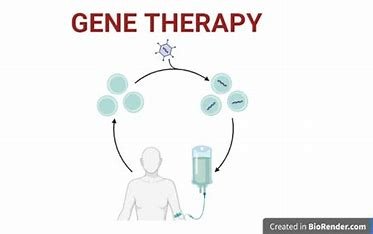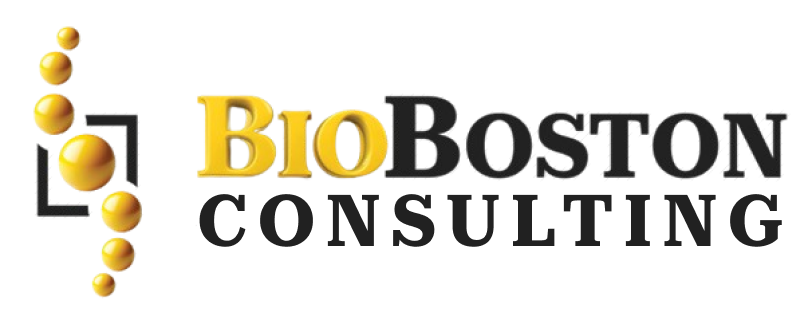Explore the transformative potential of gene therapy in treating genetic disorders and cancer. Learn about its mechanisms, applications, and the regulatory landscape guiding its development.
Understanding Gene Therapy and Its Promise
In the realm of modern medicine, where innovation and scientific advancement constantly reshape our understanding of health and disease, the concept of gene therapy stands as a beacon of hope and possibility. Gene therapy, a groundbreaking technique that seeks to modify and harness the power of our genetic blueprint, holds the potential to revolutionize the way we treat and even cure a wide array of diseases. From inherited genetic disorders to complex diseases like cancer, gene therapy offers a glimpse into a future where targeted interventions at the molecular level could rewrite the course of medical history.
Unveiling the Essence of Gene Therapy
At its core, gene therapy is a remarkable approach aimed at modifying the expression of specific genes or altering the biological properties of living cells for therapeutic purposes. The ultimate goal is to rectify genetic anomalies that give rise to various diseases, ultimately offering relief to those who suffer from them. Gene therapy’s potential is vast, ranging from ameliorating the symptoms of rare genetic disorders to addressing more common ailments that have plagued humanity for centuries.
The Mechanisms of Gene Therapy
Gene therapy operates through several distinct mechanisms, each tailored to address the unique challenges presented by different diseases:
- Gene Replacement: One approach involves substituting a malfunctioning or disease-causing gene with a healthy, functional copy. By restoring the proper genetic instructions, this method aims to correct the underlying cause of the disorder.
- Gene Inactivation: In some instances, gene therapy seeks to deactivate or “silence” a rogue gene that is contributing to disease development. By rendering the gene non-functional, the therapy aims to halt its harmful effects.
- Introduction of Modified Genes: Another strategy involves introducing new or modified genes into the body to provide therapeutic benefits. These genes may produce substances that counteract disease processes or facilitate the body’s own healing mechanisms.
Pioneering the Future: Applications of Gene Therapy
Gene therapy’s potential applications span a broad spectrum of medical challenges such as:
- Cancer Treatment: Researchers are actively investigating gene therapy as a potential tool in the fight against cancer. By modifying immune cells to recognize and target cancer cells more effectively, gene therapy could enhance the body’s ability to combat the disease.
- Genetic Disorders: Inherited genetic disorders, such as cystic fibrosis and muscular dystrophy, may find new avenues of treatment through gene therapy. By addressing the underlying genetic mutations, these therapies aim to alleviate or even eradicate the symptoms of these conditions.
- Infectious Diseases: Gene therapy holds promise in combatting infectious diseases by bolstering the body’s immune response. Engineered genes could enhance the immune system’s ability to recognize and eliminate pathogens.
Unlocking the Toolbox: Types of Gene Therapy Products
Gene therapy products are as diverse as the diseases they aim to combat. Some of the key types include:
- Plasmid DNA: Circular DNA molecules can be genetically engineered to carry therapeutic genes into human cells, offering a versatile platform for gene delivery.
- Viral Vectors: Modified viruses, stripped of their disease-causing properties, can serve as vehicles to deliver therapeutic genes into cells. This approach takes advantage of viruses’ natural ability to infiltrate cells.
- Bacterial Vectors: Bacteria, once modified to lose their pathogenic potential, can be employed as carriers to transport therapeutic genes into human tissues.
- Human Gene Editing: The cutting-edge technique of gene editing allows scientists to precisely alter specific genes, either by disrupting harmful ones or repairing mutated ones, offering a highly targeted approach to therapy.
- Cellular Gene Therapy Products: In some cases, cells are extracted from a patient, genetically modified (often using viral vectors), and then returned to the patient’s body. This method allows for direct manipulation of the patient’s cells for therapeutic purposes.
Navigating the Regulatory Landscape
As with any groundbreaking medical innovation, gene therapy is subject to rigorous regulatory oversight. In the United States, gene therapy products fall under the purview of the FDA’s Center for Biologics Evaluation and Research (CBER). Before conducting clinical studies in humans, researchers must submit an investigational new drug application (IND) for approval. The journey to bringing a gene therapy product to market culminates in the submission and review of a biologics license application (BLA).
Towards a Future of Healing
Gene therapy’s remarkable potential to transform the landscape of medicine has ignited a sense of optimism and excitement within the scientific and medical communities. As researchers continue to unravel the intricate complexities of human genetics, the possibilities for gene therapy’s applications seem boundless. From tackling devastating genetic disorders to refining the treatment of complex diseases, gene therapy is poised to reshape the way we approach healthcare, offering a tantalizing glimpse into a future where our own genetic material becomes a potent tool for healing and transformation.
Contact BioBoston Consulting today or visit our website to learn more about how we can support your organization.


